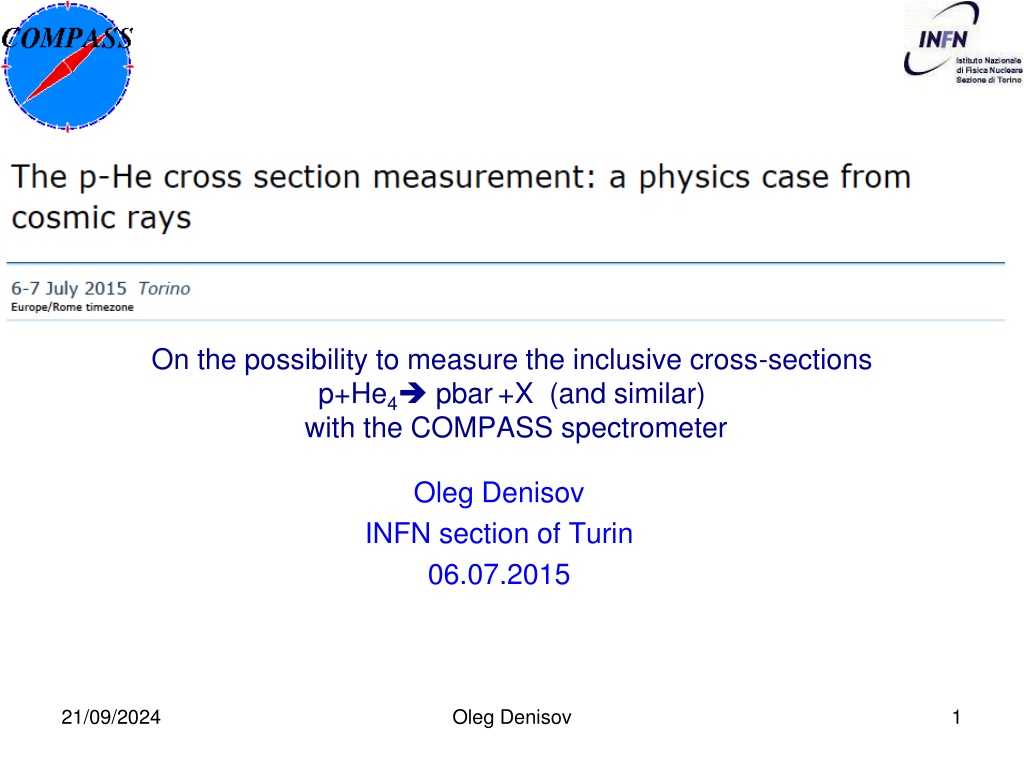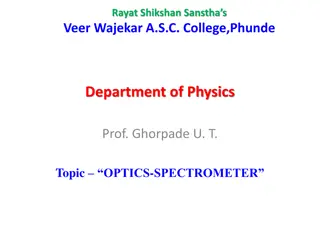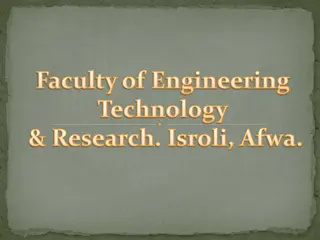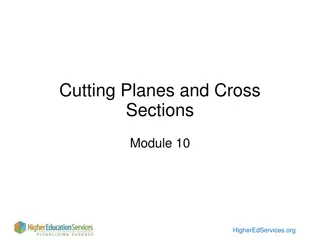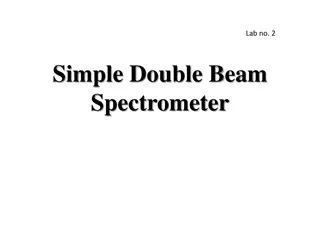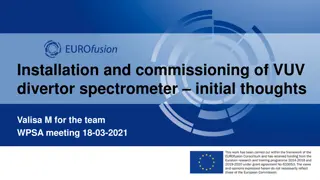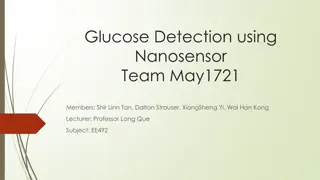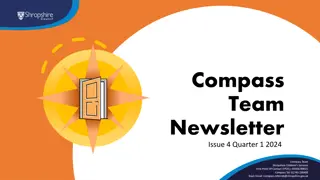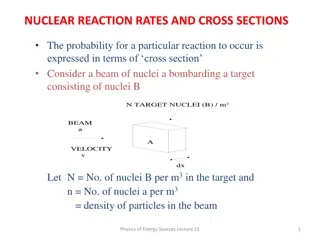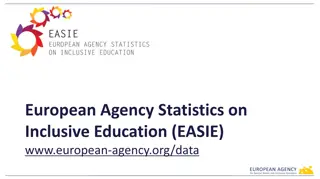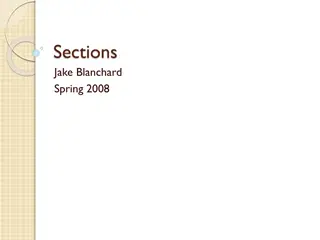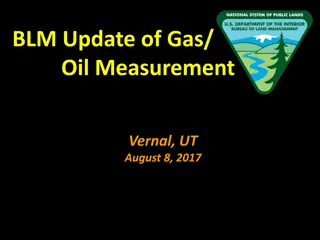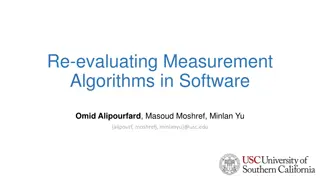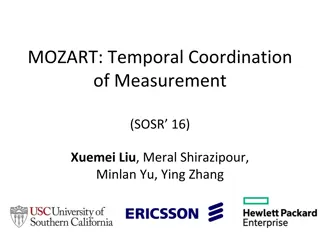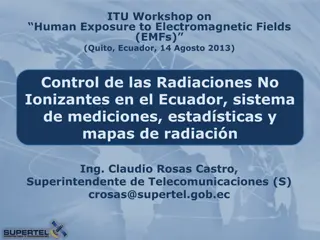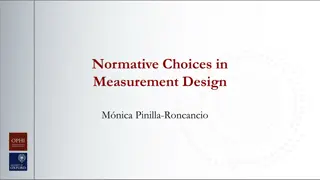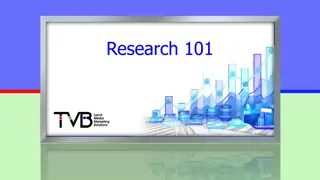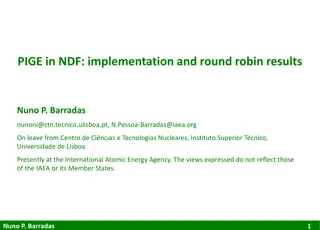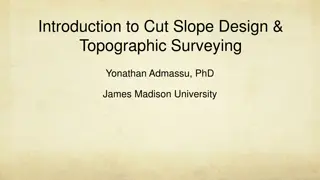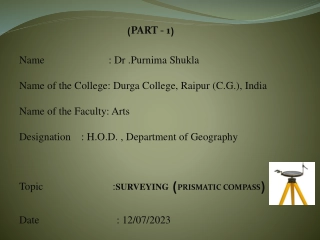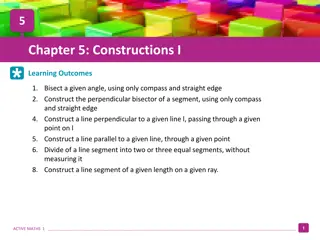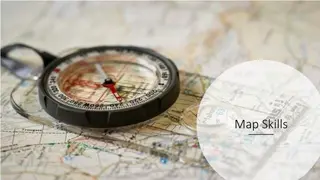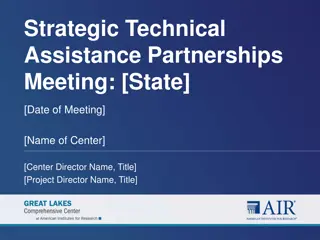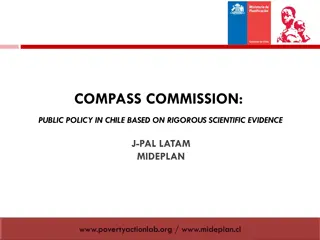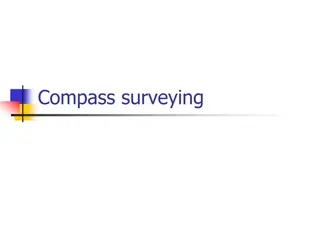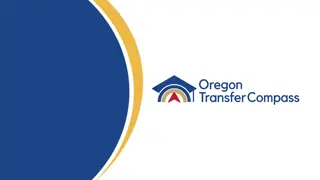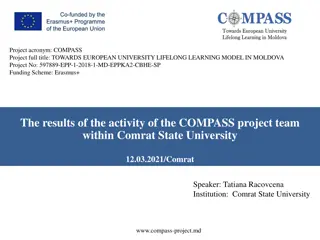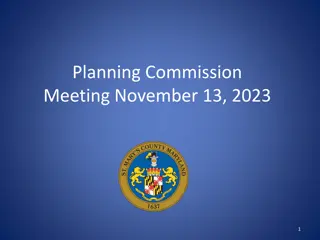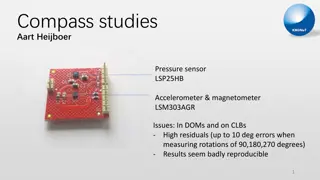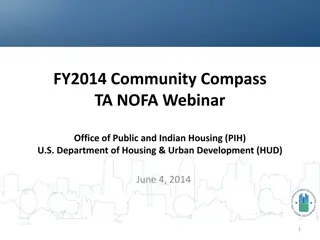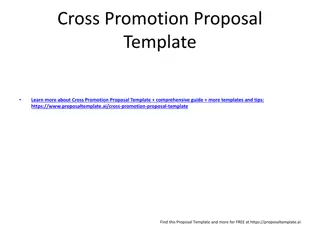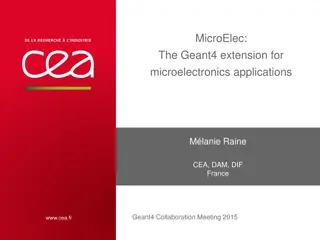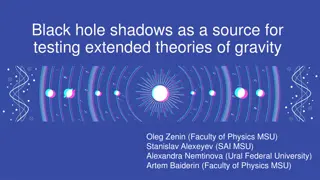Measurement of Inclusive Cross-Sections with COMPASS Spectrometer by Oleg Denisov
Oleg Denisov from INFN Turin explores the possibility of measuring inclusive cross-sections for processes like p+He4, pbar+X, and more using the COMPASS Spectrometer. Plans involve utilizing proton beams, a universal spectrometer for identifying antiprotons, and achieving precise measurements in a wide kinematic range. The compatibility of the COMPASS facility at CERN is also considered for this research.
Download Presentation

Please find below an Image/Link to download the presentation.
The content on the website is provided AS IS for your information and personal use only. It may not be sold, licensed, or shared on other websites without obtaining consent from the author. Download presentation by click this link. If you encounter any issues during the download, it is possible that the publisher has removed the file from their server.
E N D
Presentation Transcript
On the possibility to measure the inclusive cross-sections p+He4 pbar+X (and similar) with the COMPASS spectrometer Oleg Denisov INFN section of Turin 06.07.2015 21/09/2024 Oleg Denisov 1
Outline Specs of the proposed measurement COMPASS Spectrometer overview: COMPASS beams COMPASS beam tagging system (CEDARs) COMPASS Targets COMPASS Spectrometer COMPASS RICH detector Electromagnetic calorimeters Example of data sets collected so far Proton scattering on liquid H2 Kinematic range and feasibility study Compass plans in the period beyond 2019 21/09/2024 Oleg Denisov 2
p+He4 pbar+X absolut cross-section measurement Specs of the measurement: 1. 2. at the reasonable proton beam intensity 3. Universal spectrometer in order to be able to identify antiprotons (and may be not only) in the final state, preferably in a wide kinematic range 4. Quite precise absolute cross-section measurement (<10%)? or production cross-sections p/pbar ratio on He3? Proton beam, variable energy in the range 10 GeV 1 TeV He target, most probable liquid, otherwise no luminosity will be reached It is very important much-much easier to measure ratio than absolut numbers 21/09/2024 Oleg Denisov 3
COMPASS facility at CERN (SPS) doest it fits the specs? 21/09/2024 Oleg Denisov 4
COMPASS facility at CERN Most important features: 1. Muon, electron or hadron secondary beams 2. Solid state polarised targets (NH3 or 6LiD) as well as liquid hydrogen target and nuclear targets 3. Powerful tracking system 350 planes 4. PiD Muon Walls, Calorimeters, RICH 21/09/2024 Oleg Denisov 5
COMPASS-I Physics 21/09/2024 Oleg Denisov 6
COMPASS M2 beam line Proton beam, variable energy in the range 10 GeV 1 TeV 21/09/2024 Oleg Denisov 7
M2 beam line secondary beams Proton beam, variable energy in the range 10 GeV 1 TeV Particle production at 0 mrad 100 100 + - p 10 10 Production rate Production rate + K - K 1 1 pbar 0.1 0.1 0 20 40 60 80 100 120 0 20 40 60 80 100 120 Momentum (GeV/c) Momentum (GeV/c) L.Gatignon, 17-10-2006 Preliminary rate estimates for RF separated antiproton beams 8
COMPASS CEDARs (Cerenkov Differential counter with Achromatic Ring Focus) system Proton beam, variable energy in the range 10 GeV 1 TeV In the case of hadron+ beam we have to use CEDARs in order to separate Protons (~75%) from the pions (23%) and Kaon (2%). 9
Proton tagging with CEDARs Proton beam, variable energy in the range 10 GeV 1 TeV If one assume 70% efficiency of the CEDARs proton tagging We can expect up to 10x10^6 protons per spill (2x5 sec with the super cycle of ~40 sec). 10
COMPASS Targets: apart of the rest two liquid H2 targets He target, most probable liquid Small ~50 cm long LH2 target Large (2.5 meters long) new LH2 target 21/09/2024 Oleg Denisov 11
COMPASS Spectrometer, basic elements (of interest) Antiprotons, gamma, positrons, pions ECals RICH 21/09/2024 Oleg Denisov 12
COMPASS Spectrometer, RICH detector I Antiprotons, gamma, positrons, pions 21/09/2024 Oleg Denisov 13
COMPASS Spectrometer, RICH detector II Antiprotons, gamma, positrons, pions Thus, we have fairly good range covered with COMPASS RICH 21/09/2024 Oleg Denisov 14
COMPASS Spectrometer, Electromagnetic Calorimeters I Antiprotons, gamma, positrons, pions ECal1 ECal2 21/09/2024 Oleg Denisov 15
COMPASS Spectrometer, Electromagnetic Calorimeters II Antiprotons, gamma, positrons, pions , e+/-, 0 separation capability in the final state 21/09/2024 Oleg Denisov 16
COMPASS Spectrometer, p+LH2 ps+X data set collected in 2009 (I) 21/09/2024 Oleg Denisov 17
COMPASS Spectrometer, p+LH2 ps+X data set collected in 2009 (II) 21/09/2024 Oleg Denisov 18
COMPASS Spectrometer, p + p pf + - psdata set collected in 2009 (III) 21/09/2024 Oleg Denisov 19
COMPASS Spectrometer, p+LHe4 pbar+X Feasibility study We (COMPASS) have a reasonably large data set of p+LH2 ps+X taken in 2009. We have never try neither to extract absolute cross-sections using this data sample nor to identify antiprotons in the final state. It is feasible to perform such a study but we need a fresh manpower to do so. If the production ration p/pbar on H2 is interesting we have these data on Tape and it is a matter of analysis only. Concerning the possible future p+LHe4 p/pbar+X measurements we have an adequate beam line and spectrometer but more feasibility studies has to be performed and reasonable manpower has to be involved in the proposal promotion, data taking and data analysis. 21/09/2024 Oleg Denisov 20
COMPASS plans and compatibility with the astrophysics-induced experiment Approved COMPASS-II program covers the next 3-4 years (so In practice the time slice before LS2): 2015 Polarised Drell-Yan 2016 Deep Virtual Compton Scattering (GPDs) 2017 most probable Deep Virtual Compton Scattering (GPDs) 2018 Polarised Drell-Yan or something else depends on Run duration 2019 Shutdown 2019 and beyond internal discussion the COMPASS collaboration is ongoing, and we will certainly come up with the proposal (LoI) by the end of the year (latest in the beginning of the next year). This astrophysics induced measurements can become a part of the beyond 2019 program if sufficient resources/manpower is available/allocated to run this experiment will be found. 21/09/2024 Oleg Denisov 21
